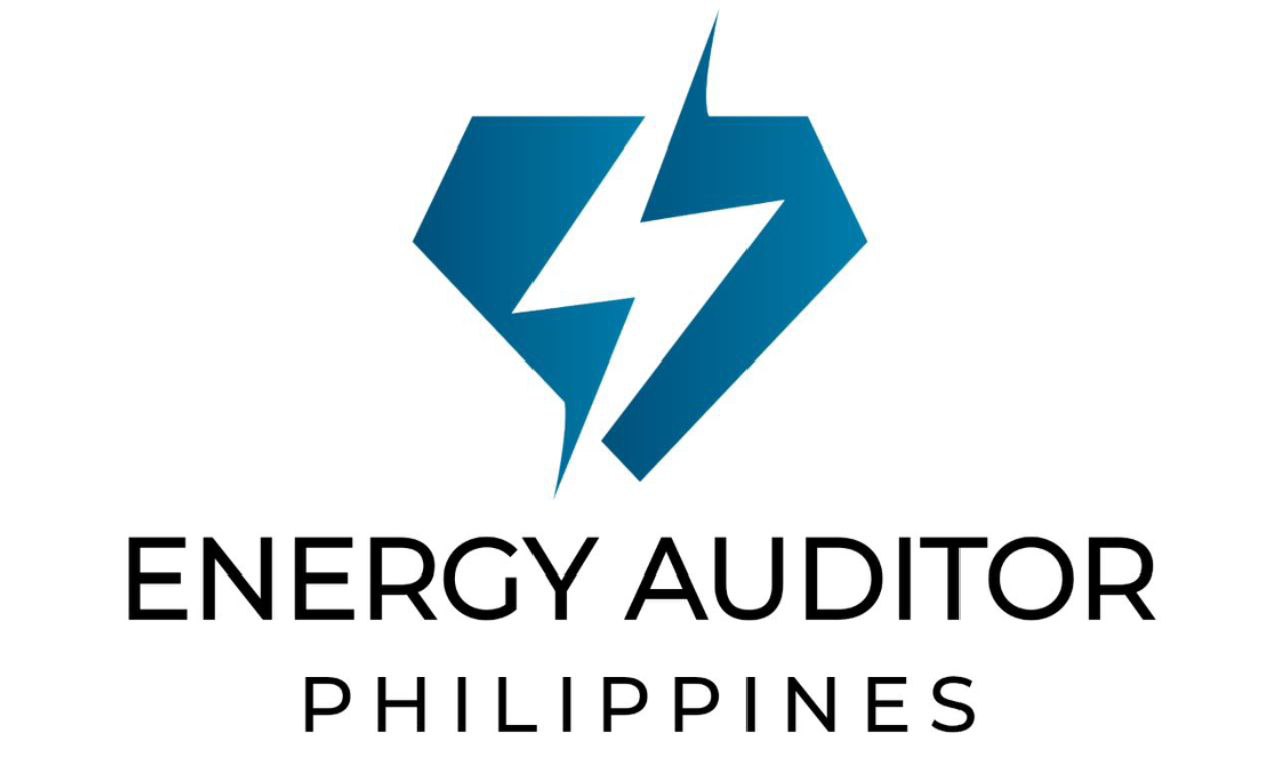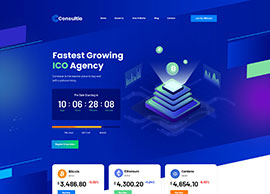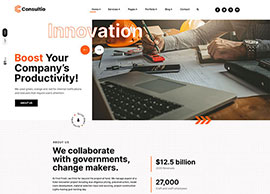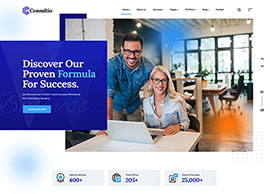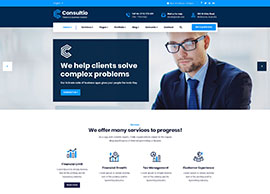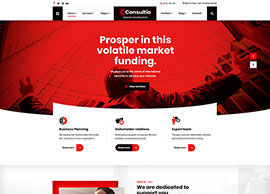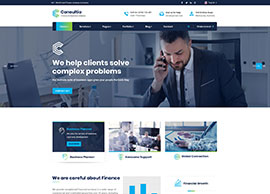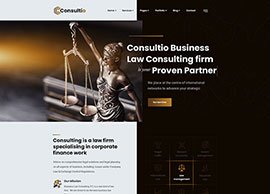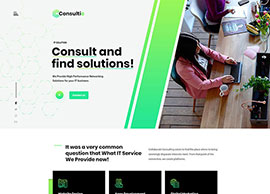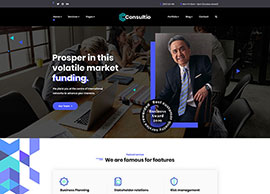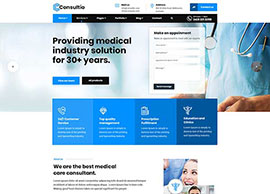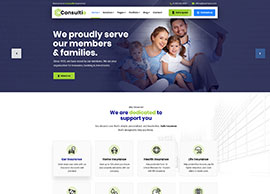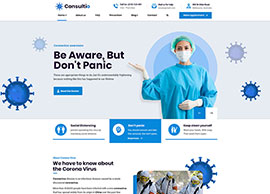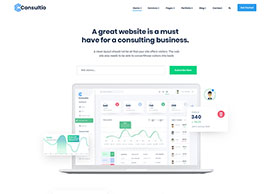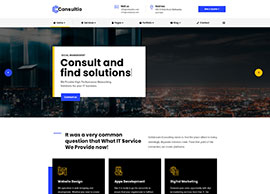Under Republic Act No. 11285 (RA11285), also known as the Energy Efficiency and Conservation Act, Designated Establishments (DEs) must submit two critical reports annually: the Annual Energy Efficiency and Conservation Report (AEECR) and the Annual Energy Utilization Report (AEUR). These reports ensure compliance with energy efficiency standards and provide essential data for national energy planning.
This guide walks you through the submission process, helping you navigate the requirements with ease.
What Are AEECR and AEUR?
- Annual Energy Efficiency and Conservation Report (AEECR)
The AEECR outlines the energy efficiency measures, programs, and projects implemented by a DE. It includes:- Plans and targets for energy savings.
- Initiatives undertaken during the reporting period.
- Investments made in energy-efficient technologies and systems.
- Annual Energy Utilization Report (AEUR)
The AEUR provides a detailed record of the energy consumed or generated annually. It includes:- Electricity, steam, and petroleum product consumption.
- Energy usage in auxiliary services, such as transportation.
- Waste energy utilization, such as heat recovery or waste oil.
Together, these reports offer a comprehensive view of a DE’s energy performance and support the Department of Energy’s (DOE) efforts to establish benchmarks and policies.
Who Needs to Submit These Reports?
All DEs under the commercial, industrial, and transport (CIT) sectors classified based on typology thresholds must submit AEECR and AEUR reports annually. These include:
- Type 1 DEs: Lower energy users with basic reporting requirements.
- Type 2 and Type 3 DEs: Higher energy users with additional obligations such as advanced audits and detailed documentation.
Steps to Submitting AEECR and AEUR
- Create an Account on the DOE Online Portal
- Visit the DOE’s DE Online Submission Portal: https://de.doe.gov.ph.
- Register your business by providing the required details, such as business name, type, and address.
- Compile Necessary Data
Gather accurate information on your energy consumption and energy efficiency initiatives, such as:- Monthly electricity and fuel usage data.
- Details of energy-saving projects and investments.
- Certification or endorsements from Energy Efficiency (EE) Practitioners.
- Fill Out the Required Forms
Use the templates provided in the portal for AEECR and AEUR. The forms are designed to standardize reporting and streamline compliance. - Upload Supporting Documents
Include energy audit reports, records of significant energy use (SEU), and other relevant documentation required by your DE typology. - Submit the Reports
- Log in to the DOE portal.
- Upload your completed AEECR and AEUR forms and supporting documents.
- Confirm your submission and save the acknowledgment receipt.
- Monitor Feedback
The DOE provides feedback on submissions, including a comparison of your energy performance against benchmarks. Regularly check the portal for updates.
Tips for Simplifying the Process
- Leverage Technology
Utilize energy management systems to automatically track, calculate, and generate reports. These tools simplify data collection and minimize errors. - Engage Certified EE Practitioners
Work with Certified Energy Managers (CEMs) or Energy Conservation Officers (CECOs) to ensure accuracy and compliance with DOE standards. - Plan Ahead
Set up a calendar reminder to prepare and submit reports before the annual deadline. Early preparation helps avoid last-minute issues. - Stay Updated on DOE Guidelines
The DOE regularly updates its policies and templates. Subscribe to official updates to stay informed.
Benefits of Compliance
Submitting AEECR and AEUR reports is not just a legal requirement but also an opportunity to:
- Improve energy efficiency and reduce operational costs.
- Access government support for energy-saving projects.
- Strengthen your business’s sustainability credentials, enhancing reputation among stakeholders.
Annual reportorial obligations under RA11285 are essential for fostering a culture of energy efficiency across industries. By following this guide, businesses can streamline the submission process and contribute to the nation’s energy conservation goals. Compliance not only ensures legal adherence but also empowers businesses to operate more sustainably and cost-effectively.
Take the first step today—organize your data, engage with EE practitioners, and make your submission seamless and stress-free.



